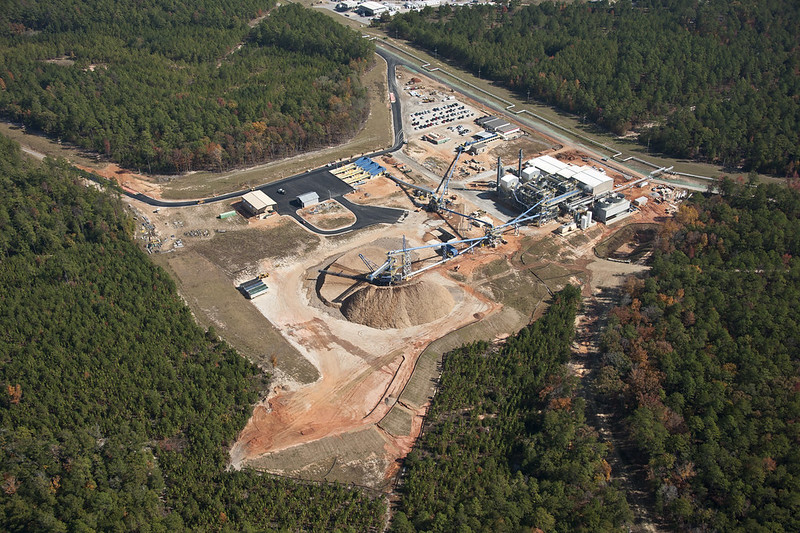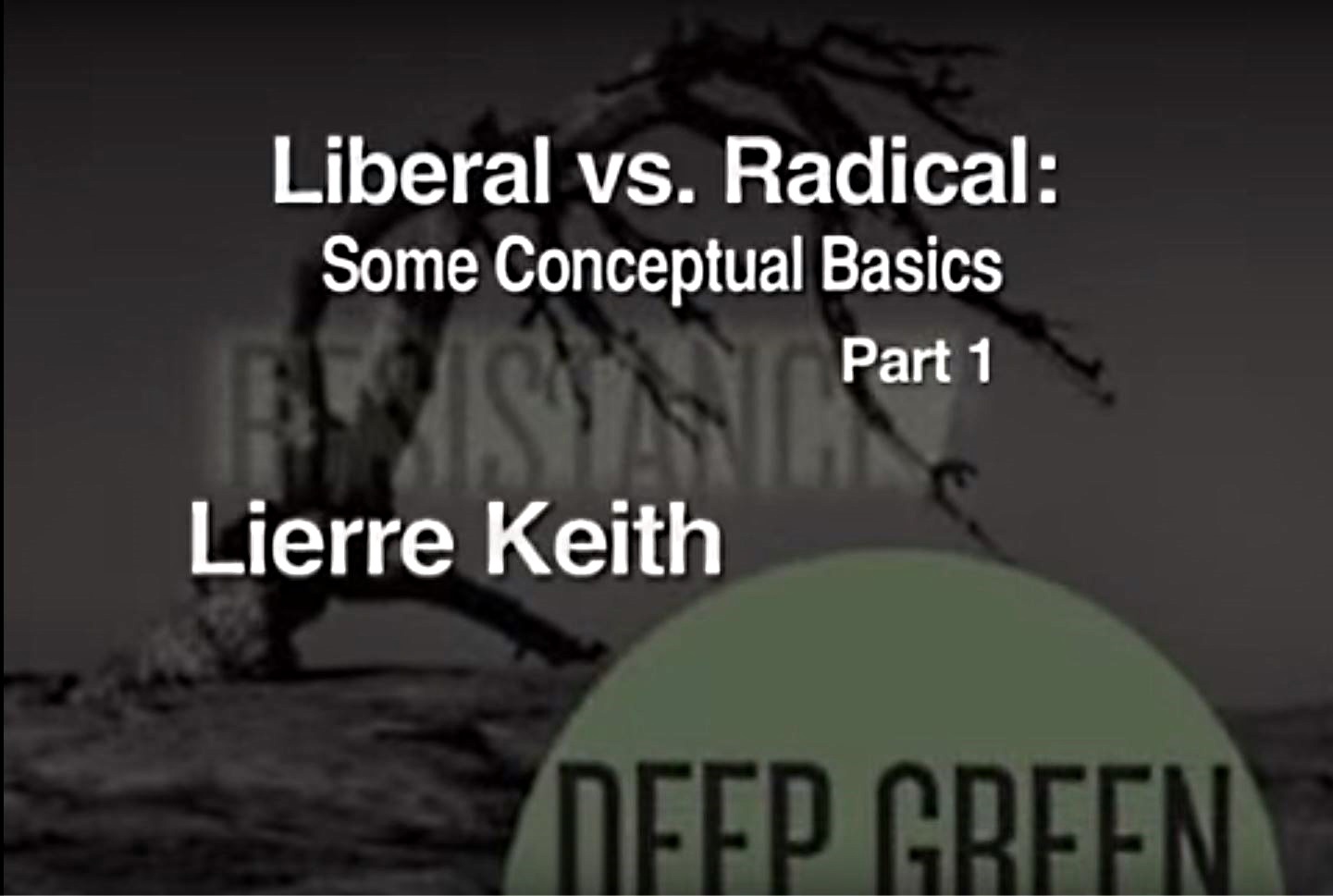
Subsistence Communities: Destroyers or Protectors of Forests?
Editor’s Note: The following Mongabay article is based on a recent study that found that marginalized subsistence communities are driving deforestation due to poverty. The article also writes that deforestation caused by these communities cannot still be compared to industrial deforestation. It is understandable that basic needs may drive people towards deforestation. But where does the poverty come from? It is unfortunate that the communities that once lived harmoniously with the forests are now doing the opposite. Why are they now unable to do so in the same forests? It may be that the forests that they live in now do not produce as much as they used to in the past, or that the number of people dependent on the forests now exceeds the carrying capacity of the forests. Both of these are a possibility. Humans are currently in a population overshoot. Forests across the world are being used for industrial purposes, leaving less for the subsistence communities. In addition, the overall destruction of the environment has impacted the health, and hence productivity, of natural communities. In technical terms this is called “absolute poverty,” where a person’s basic needs are unmet. A related concept is that of “relative poverty,” where a person’s income is far less than the societal norms. In this type of poverty, the person thinks of himself/herself as poor in comparison to others he/she is exposed to on a daily basis. Exposure to the industrial culture is a tool that different states have employed to assimilate indigenous populations and, thus, destroy their culture. This turns indigenous cultures against their landbases: harmonious relationships are replaced by exploitative ones. While it is necessary to acknowledge this trend, it is also worth pointing out that a lot of the indigenous communities are risking their lives to protect their landbases. ...






